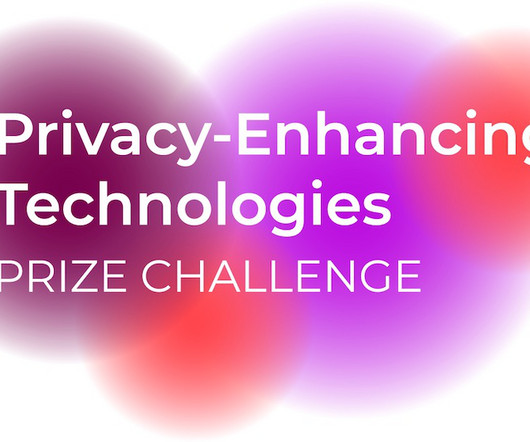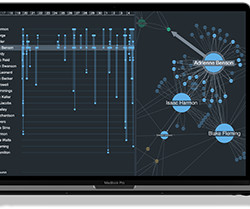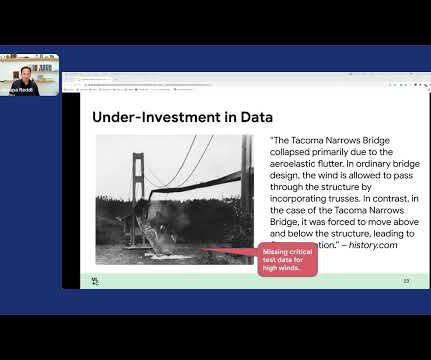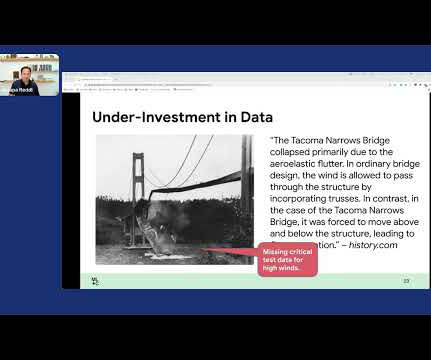The 2021 Executive Guide To Data Science and AI
Applied Data Science
AUGUST 2, 2021
This post is a bitesize walk-through of the 2021 Executive Guide to Data Science and AI — a white paper packed with up-to-date advice for any CIO or CDO looking to deliver real value through data. The most common data science languages are Python and R — SQL is also a must have skill for acquiring and manipulating data.













Let's personalize your content